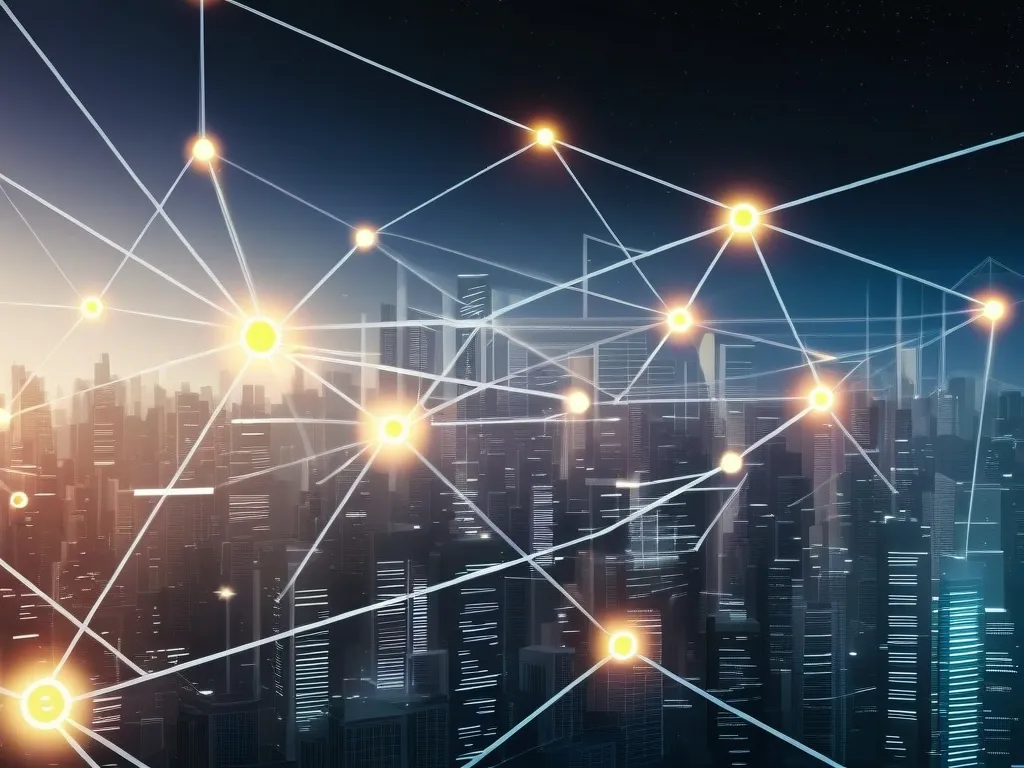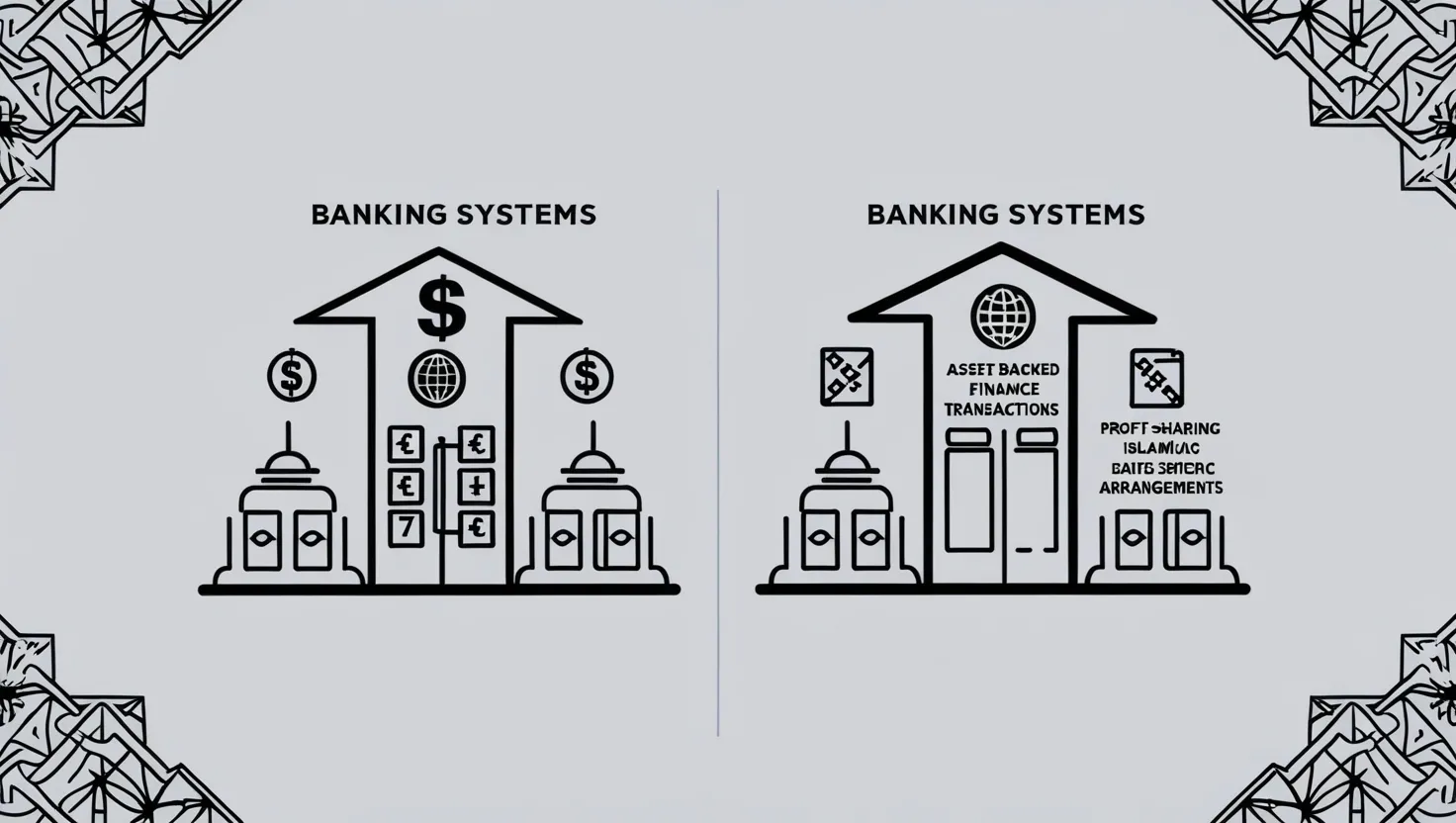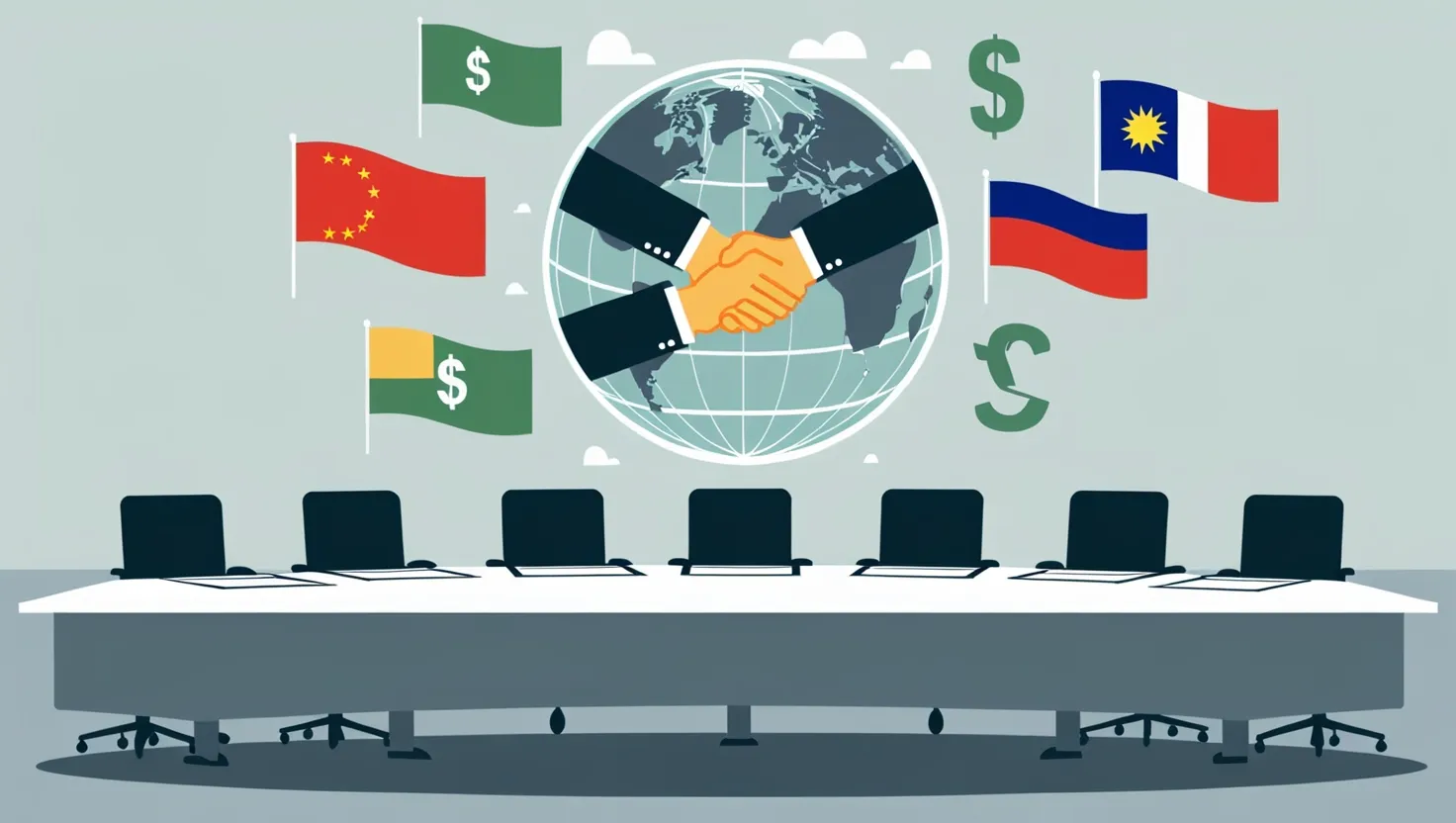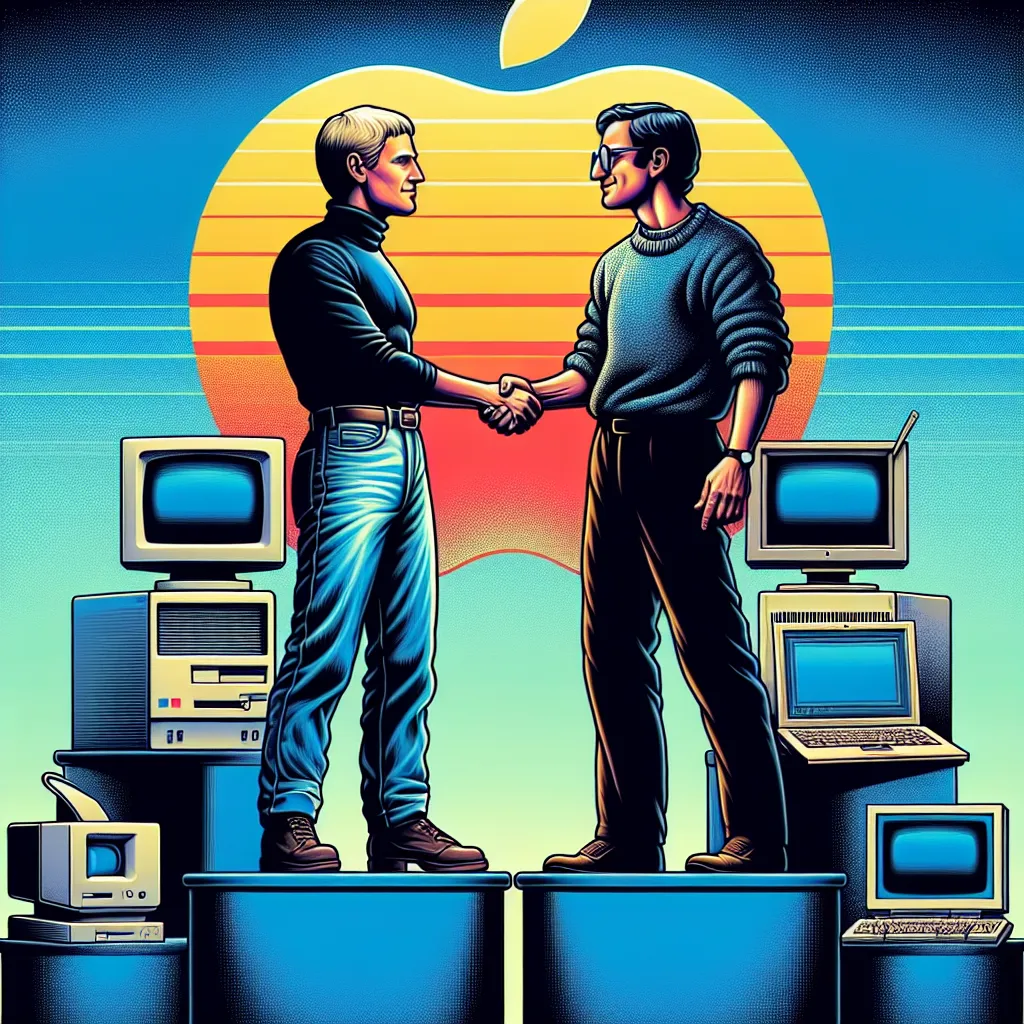In the ever-evolving landscape of finance, a revolutionary concept has been gaining traction: Decentralized Finance, or DeFi. For those of us who have grown accustomed to the traditional banking system, the idea of a financial ecosystem that operates without the need for intermediaries like banks, brokers, and governments can seem both intriguing and daunting.
The Birth of DeFi
The 2008 Global Financial Crisis was a stark reminder of the vulnerabilities of our centralized financial system. The collapse of Lehman Brothers and the subsequent bailouts highlighted the systemic risks and inefficiencies inherent in traditional finance. It was this crisis that spurred a significant rethink of how we approach financial services. DeFi emerged as a response to these issues, leveraging blockchain technology to create a more transparent, efficient, and accessible financial ecosystem.
How DeFi Works
At its core, DeFi is about removing the middlemen from financial transactions. Instead of relying on banks and other financial institutions, DeFi uses blockchain technology and smart contracts to facilitate peer-to-peer transactions. Imagine being able to lend or borrow money, exchange assets, or even earn interest without ever having to step into a bank or fill out a credit application. This is the world DeFi is creating.
Smart contracts are the backbone of DeFi. These self-executing contracts have the terms of the agreement written directly into code, eliminating the need for intermediaries and reducing the potential for human error or fraud. For example, if you want to lend some of your cryptocurrency, a smart contract can automate the entire process, from matching you with a borrower to enforcing the terms of the loan.
The DeFi Ecosystem
DeFi is not just a single entity; it’s a vast ecosystem of various financial services. You can find decentralized exchanges (DEXs) where you can trade assets without the need for traditional brokerages. There are lending platforms like Aave, where you can stake your crypto-assets to earn interest or borrow funds without undergoing credit checks. Stablecoins, which are cryptocurrencies pegged to the value of a fiat currency, provide a stable store of value in an otherwise volatile market.
One of the most innovative aspects of DeFi is its ability to tokenize real-world assets. This means that physical assets, such as real estate or art, can be represented as digital tokens on the blockchain, making them more liquid and accessible to a wider audience.
Benefits of DeFi
So, what makes DeFi so appealing? For starters, it offers unparalleled accessibility. Anyone with an internet connection can participate in DeFi, regardless of their location or banking status. This is particularly significant for the unbanked or underbanked populations who have been excluded from traditional financial services.
DeFi also promises transparency and security. All transactions on the blockchain are visible and verifiable by anyone, yet they remain pseudonymous, protecting users’ identities. The immutability of blockchain records ensures that transactions cannot be altered or deleted, reducing the risk of fraud and corruption.
Another key benefit is the programmability and interoperability of DeFi platforms. This allows different DeFi applications to work seamlessly together, creating a more interconnected and efficient financial system. For instance, you can use a decentralized lending platform to borrow funds and then immediately trade those funds on a DEX, all without leaving the DeFi ecosystem.
The Power of Community Governance
In traditional finance, decisions are made by a central authority. In DeFi, decisions are often made collectively by the community through Decentralized Autonomous Organizations (DAOs). This means that every token holder has a say in the governance of the protocol, from protocol upgrades to resource allocation. It’s like being part of a company where every shareholder has a voice in every decision, rather than waiting for quarterly or annual meetings.
Risks and Challenges
While DeFi offers a myriad of benefits, it is not without its risks. One of the significant challenges is the lack of regulatory clarity. DeFi operates in a gray area, and policymakers are still grappling with how to regulate these decentralized systems. There are also risks associated with smart contracts, such as the potential for bugs or vulnerabilities that can be exploited by hackers.
Additionally, DeFi faces scalability issues, particularly on platforms like Ethereum. To address this, many DeFi projects are exploring Layer 2 solutions, which are secondary frameworks built on top of existing blockchains to improve scalability and reduce transaction costs.
The Future of Finance
As we look to the future, it’s clear that DeFi is not just a trend but a transformative force in the financial world. It’s about democratizing access to financial services, reducing the friction and inefficiencies of traditional finance, and creating a more inclusive and transparent financial system.
Imagine a world where entrepreneurs can access financing without the hurdles of traditional banking, where small businesses can operate globally without the constraints of local financial systems, and where individuals can manage their financial lives with greater autonomy and security. This is the world DeFi is building.
Personal Touches and Real-World Implications
For me, the most exciting aspect of DeFi is its potential to empower individuals and communities that have been marginalized by traditional finance. I recall a story of a small business owner in a developing country who was able to access a loan through a DeFi platform, something that would have been impossible through traditional channels. This is just one example of how DeFi can bridge financial gaps and foster economic growth.
As we delve deeper into the world of DeFi, it becomes clear that this is not just about technology; it’s about creating a more equitable and accessible financial system. It’s about giving people the tools they need to manage their financial lives with greater freedom and security.
Conclusion
DeFi is more than just a new way of doing finance; it’s a movement towards financial inclusion and democracy. It’s a testament to the power of technology to transform our lives and our economies. As we navigate this new landscape, it’s important to understand both the opportunities and the challenges that DeFi presents.
For those of us who are curious about the future of finance, DeFi offers a compelling vision of what could be. It’s a world where financial services are faster, cheaper, and more secure. It’s a world where anyone can participate, regardless of their background or location. And it’s a world that is being built right now, one smart contract at a time.






